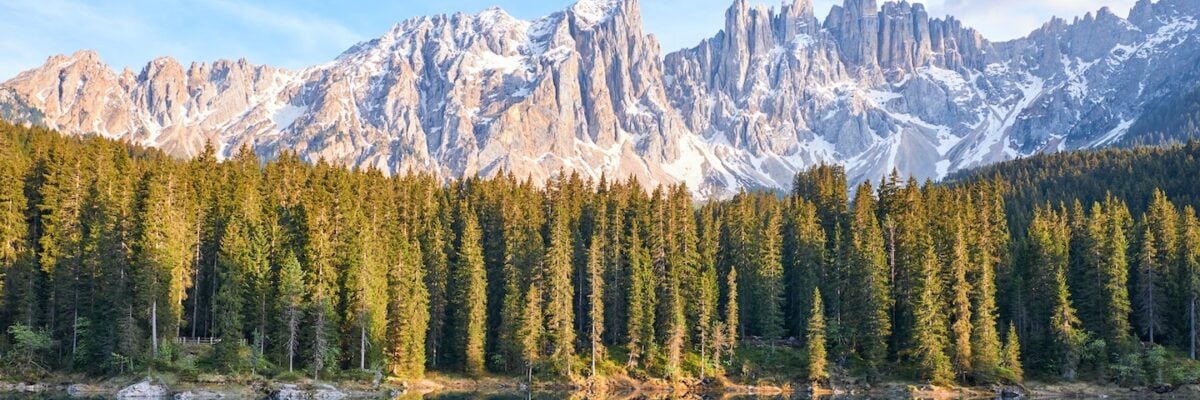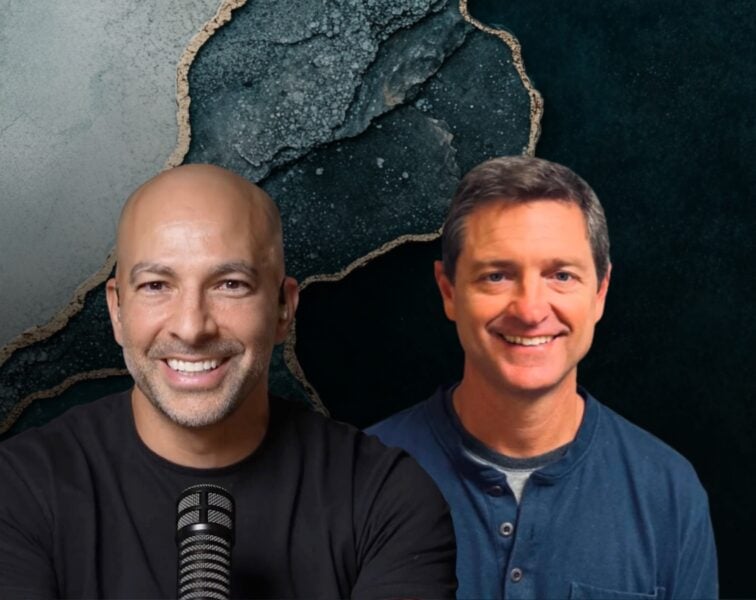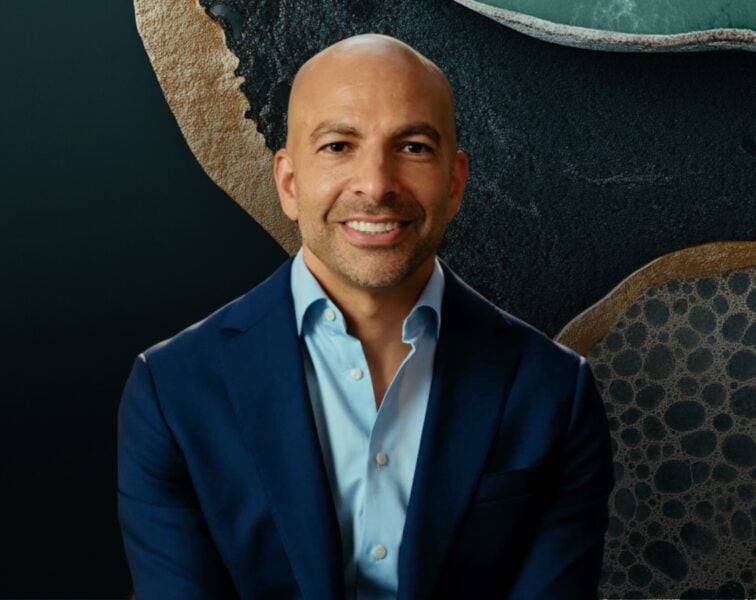How should we do drugs now? (New York Times, July 11, 2021)
Michael Pollan’s New York Times opinion essay seemed like a befitting follow-up to last week’s email, in which I discussed neuroscientist, researcher, and leading drug policy reform advocate, Carl Hart’s argument for decriminalizing drugs. Moving beyond the theoretical, it appears that a paradigm shift for recreational drug use is on the horizon: Oregon recently passed drug reform initiatives that includes decriminalizing possession of small quantities of all drugs including “hard” drugs like heroin and cocaine. California passed a bill legalizing possession of psychedelic compounds such as psilocybin, LSD, and including MDMA. With the move towards drug decriminalization, Michael asks the question: “How will we fold these powerful substances into our society and our lives so as to minimize their risks and use them most constructively?”
While I am a proponent of major drug reform, there is such a thing as moving too fast, before we have rules and regulations in place for healthy people without a psychiatric diagnosis to use drugs for personal development, socially, or otherwise. We don’t currently have a model for how to reintroduce a formerly illicit drug into society. The closest scenario that Michael mentions is cannabis, which is a far less powerful psychoactive drug compared to psilocybin, for example. As one suggestion, Michael offers that the West can learn from how Indigenous peoples have developed rituals around psychedelic use; a way to set a boundary for when and how to use drugs. The larger point is that if potent substances are more widely decriminalized and perhaps eventually legalized and commercialized, then we will need to have foresight and consider a new set of social norms and practices to weave their use into society.
§
Why it’s nearly impossible to buy an original Bob Ross painting (The Hustle, May 1, 2021)
I have wanted a Bob Ross painting for a few years. Bob’s show “The Joy of Painting,” a “paint-along” lesson that aired on PBS between 1983 and 1994, had 31 series with 13 episodes each. It’s a warm and fuzzy reminder of my childhood, and despite the fact that I don’t have an artistic bone in my body, I could watch him paint for hours. For each episode, Bob produced 3 landscapes: one before the show aired, one during the show, and a final landscape from which he would decide which one he liked best. His paintings are nearly impossible to come by (trust me, I’ve been looking), which surprised me given how prolific of a painter he was. In 1991, he told the NYTimes that he produced nearly 30,000 paintings over the course of his career.
Ross’s paintings are hard to find because he didn’t want them for sale. During his career, Bob donated some of his work to fundraising auctions or gifted pieces to individuals. Over 1,000 of his canvases sit in an archive at the Bob Ross Inc. warehouse. The best bet to see some of his authenticated work may be visiting the Smithsonian’s National Museum of American History, where there are 4 donated Bob Ross paintings on display.
Bob died in 1995 and even though there hasn’t been a new show in over 20 years (you can watch every recorded episode on his YouTube channel), he remains an icon. This 11 minute video talks about his legacy and namesake company that keeps his spirit alive. He made painting accessible for many, but his show, at least to me, was not really about painting. I personally didn’t watch with a canvas and paintbrush in-hand. I watched because I was enthralled by his process and demeanor. He was known for his “30 minute masterpieces”: beginning the episode with a daunting white canvas, Bob’s gentle, calm voice (which kept me hypnotically tethered to him and his craft) narrated each paint stroke until he had completed one of his trademark landscapes 27 minutes later. Each episode illustrated the process of doing something with sincere joy. I recall how he used to anthropomorphize nature’s objects like a rock or a tree, sometimes giving them names and emotions. It was likely his enjoyment of painting and sharing the journey of crafting each piece alongside his viewers that kept someone like me, who wasn’t there for the painting or the final product, in reverie.




